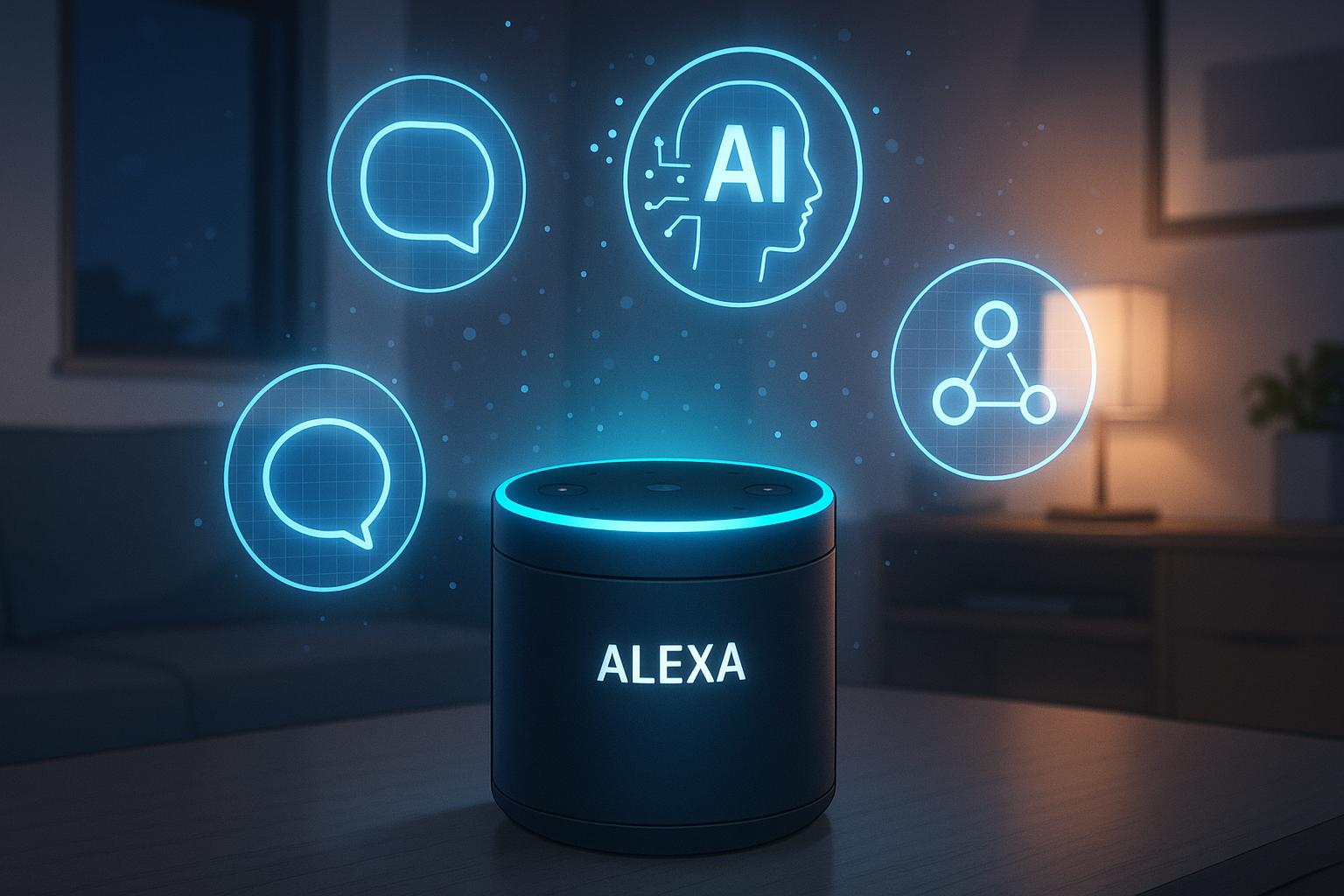Amazon’s ambitious vision for the future of its voice assistant, Alexa+, has encountered significant hurdles since its much-anticipated announcement over six weeks ago. Despite the extensive promotion surrounding its launch, the rollout lacks the widespread user engagement Amazon had envisioned. An informal survey of avid Alexa users in the U.S. reveals a striking lack of access, raising questions about the effectiveness and readiness of this new AI-enhanced version.
Alexa+ is positioned as a transformative upgrade to the original Alexa, incorporating generative AI to enhance functionality and interaction. This includes promised improvements in conversational abilities and personalisation, such as remembering dietary preferences for food orders. However, despite these lofty claims, early access to the platform has been disappointingly scarce. Without the buzz or feedback from users, the initial excitement seems to have dwindled, which could hamper user adoption significantly.
According to Amazon, the early access phase should have seen invites reaching hundreds of thousands of households by late March. Yet, anecdotal evidence suggests otherwise, with many enthusiasts reporting no such access. In a recent statement, an Amazon spokesperson asserted, “Early Access to Alexa+ is ramping up. It’s already open to hundreds of thousands of customers, and we expect it to roll out to millions over the coming month.” Despite this optimistic outlook, external reports indicate potential technical challenges that may be delaying the full-scale launch. High costs associated with running the new models and issues related to speed and accuracy are reportedly under scrutiny, echoing past concerns from 2023 when promises for an earlier AI integration also failed to materialise.
The stakes for Amazon are considerable. A poorly executed launch could undermine its ambitious smart home strategy and damage Alexa's reputation as a leading digital assistant. The company is evidently wary of repeating past mistakes that could portray Alexa as merely a novelty rather than a sophisticated tool. Recent adjustments have also seen Alexa’s processing shift entirely to the cloud, a move applauded for potentially enhancing performance but which raises privacy concerns among users wary of their data being stored externally.
Moreover, the limited nature of the rollout is compounded by the absence of key features that were showcased during initial unveilings. Functionality expected to be available—such as voice-activated grocery orders and features to assist with meal planning—are currently missing, leading to dissatisfaction among early adopters. In fact, some reports have highlighted that Alexa+ is only compatible with a select range of Echo Show devices, leaving older models in the lurch and frustrating a substantial segment of Amazon's user base.
This scenario is further complicated by Amazon's strategy of introducing a subscription model for the newly expanded capabilities of Alexa+, anticipated to range from $5 to $10 per month. This move may alienate some users who feel that additional fees for enhanced services undermine the original appeal of the platform, potentially leading to increased frustration if user experience does not meet expectations.
As Amazon navigates this intricate landscape, the question remains: how long will users have to wait for tangible engagement with Alexa+? Until more customers report back on their experiences, including reviews from affected households, the future of Alexa as a truly advanced AI assistant remains uncertain. The potential for Alexa+ is undoubtedly substantial, but translating that promise into reality will require overcoming both technical and user experience challenges. Until then, customers might find the reality of Alexa+ more of an ethereal absence than a groundbreaking presence in their homes.
Reference Map
- Paragraph 1: [1], [2]
- Paragraph 2: [1], [4], [5]
- Paragraph 3: [1], [4], [6]
- Paragraph 4: [1], [2], [3], [7]
- Paragraph 5: [1], [5], [7]
- Paragraph 6: [1], [6], [1]
Source: Noah Wire Services
